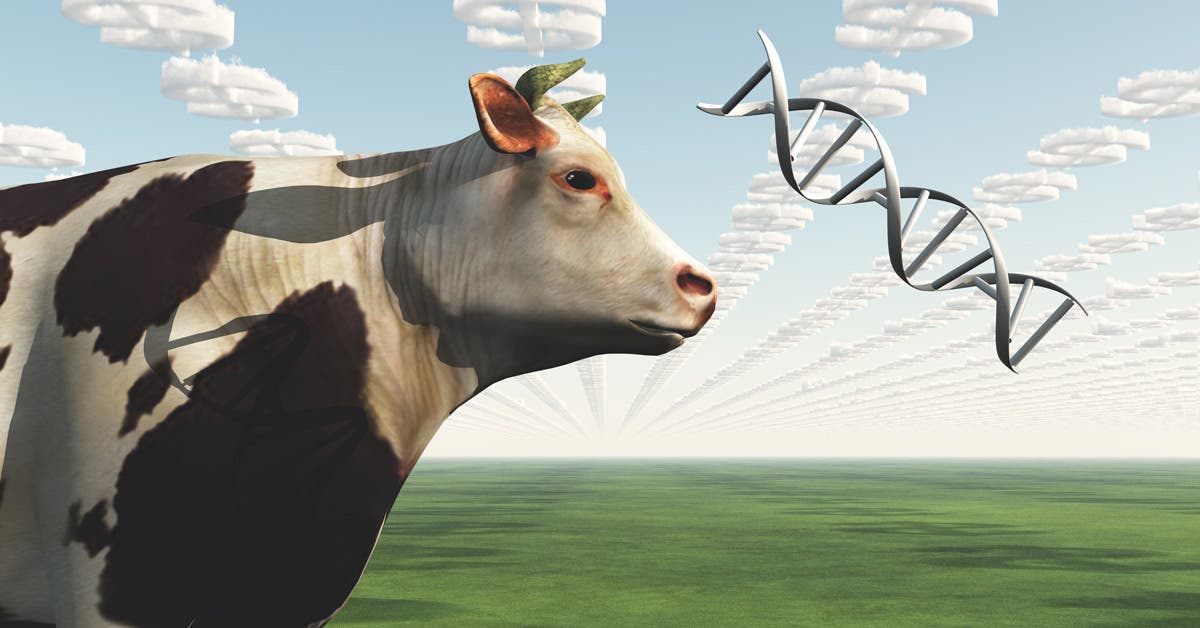Artificial transgenes help scientists track genetically modified animals in the wild
Researchers have discovered a new way to track genetically modified animals using the artificial transgenes they leave behind.

[Sept 6, 2021: McGill University]
McGill University researchers have discovered a new way to track genetically modified animals using the artificial transgenes they leave behind in the environment. The discovery provides a powerful new tool to locate and manage genetically modified animals that have escaped or been released into the wild.
The magic of eDNA
In a study published in PLOS ONE, the researchers show for the first time that artificial transgenes from a variety of genetically modified animals like fruit flies, mice, and tetra fish can be detected and sequenced from the DNA left behind in soil, water, and in the form of feces, urine, or saliva. These findings could be used, for example, to detect the transgenes of genetically modified mosquitoes from pools of standing water in areas where they were recently released.
Compared to traditional animal monitoring methods, environmental DNA (eDNA) has proven to be more accurate and efficient, requiring less time and lower costs.
“Until now no one had applied these environmental DNA methods to genetically modified animals, even though they are already in the wild,” says Charles Xu, a PhD student in Department of Biology at McGill University. “Detection of animal transgenes from eDNA can be very useful because it can tell you whether genetically modified animals are there without the need to find them.”
An explosion of genetically modified animals
Advances in genome-editing technologies like CRISPR have dramatically simplified the process of creating genetically modified organisms, leading to an explosion in the number and types of genetically modified animals being produced around the world. With them come concerns about the ecological, evolutionary, and bioethical implications of these new creatures. Some genetically modified animals, like glowing aquarium fish, can be purchased by the public, while others, like mosquitos, have been released into the wild. The creatures carry artificial transgenes, or genes that have either been altered by scientists or introduced from another species by artificial means.
“Because genetically modified animals are often indistinguishable from their natural counterparts based on appearance alone, environmental DNA or eDNA methods could be especially useful for early detection and monitoring purposes,” he adds. “That is especially true in cases where these animals may escape from the lab or the farm, move to places they don’t belong, or crossbreed with natural animals.”
In the future, labs, companies, and governments involved in producing and managing genetically modified animals will be able to use eDNA methods to detect and track them in real-life contexts.
Like these kind of feel good stories? Get the Brighter Side of News' newsletter.
Tags: #New_Discoveries, #Biology, #Genetic_Modification, #Animal_Management, #Conservation, #Genetics, #The_Brighter_Side_of_News



